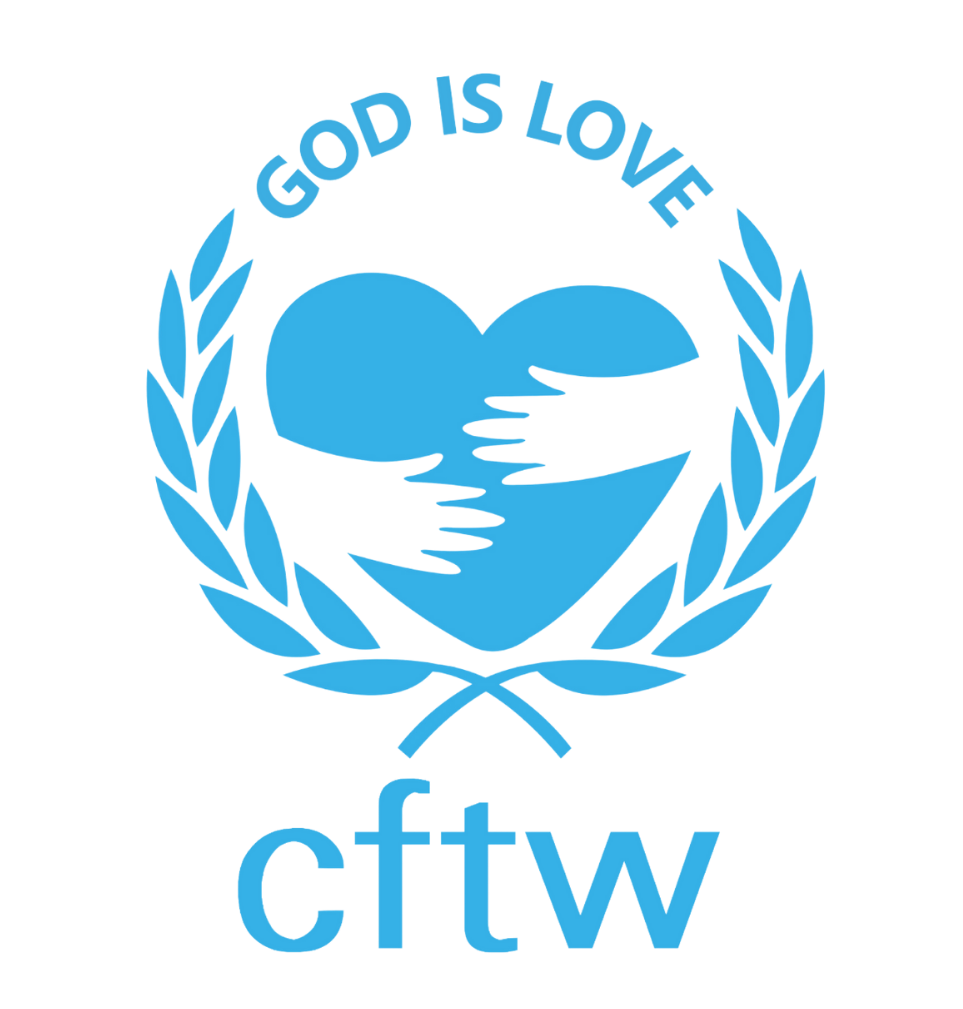

I want for illustration purposes to use a well recognized organization. It is listed as one of Britain’s top ten. This is an example of a budget a large charity might have. The figures come from a list printed by The Guardian in 2016. To be clear, I do not in any way wish to criticize this organization, nor to comment on how they allocate their resources. Save the Children Fund is listed as one of the top 1000 charities in Britain. They have a very compelling message: who would not want to save children?
The following figures are given in British Pound Currency. The Save the Children Fund - Voluntary Income 280,109,000, Legacy income 14,737,000, Total Income 291,472,000, Total Expenditure 266,552,000. According to these figures, the revenue exceeds the expenditures by 24.9 million pounds. This is good evidence that people are moved to give where they perceive a heartfelt need exists and people will respond generously.

